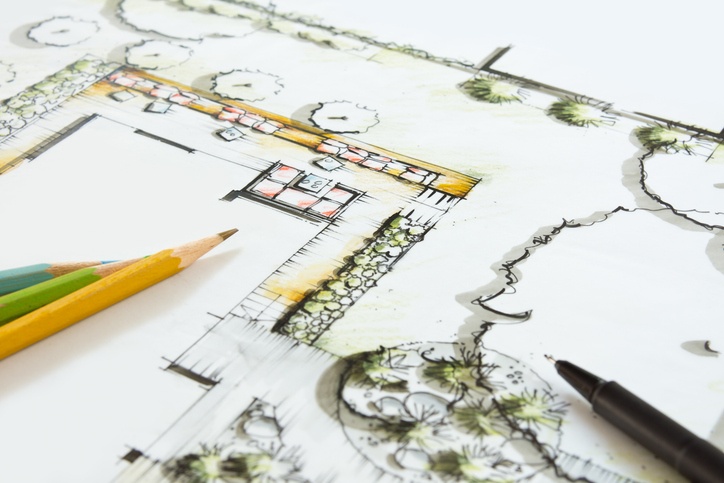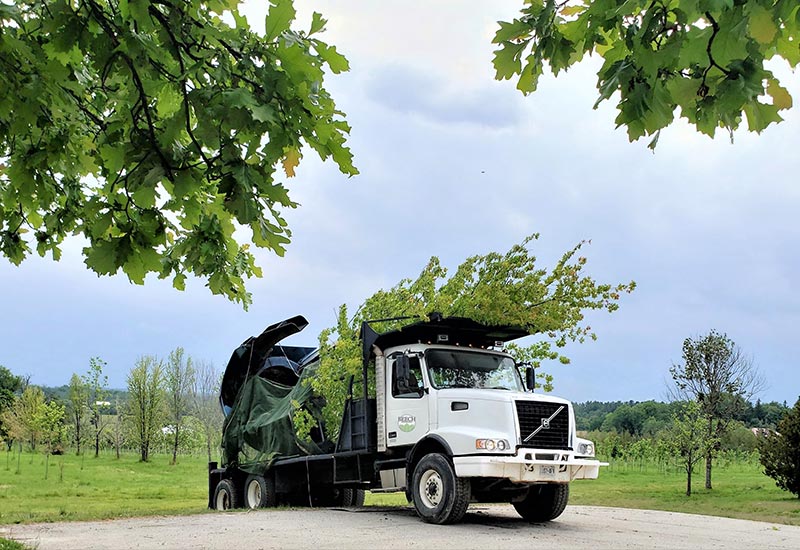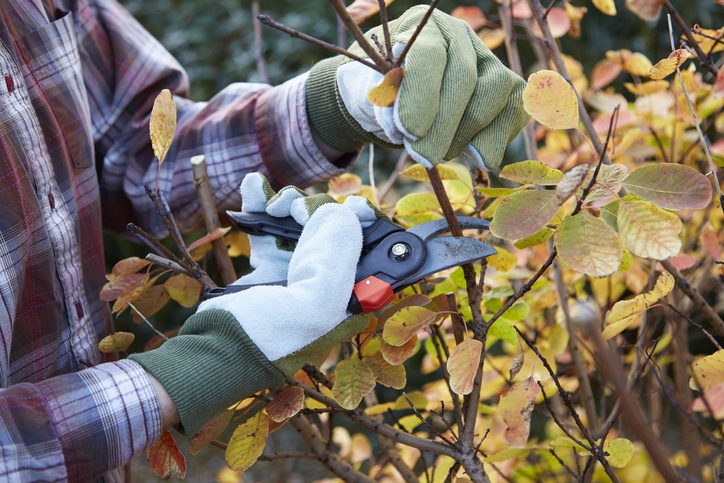When it comes to transforming your outdoor space, hiring a landscape designer or landscape architect can make all the difference. Whether you’re starting from scratch, revamping an existing landscape, or planning a large-scale outdoor project, a professional can bring expertise, creativity, and efficiency to the process. Here’s why working with a landscape professional is a smart investment.
1. Expertise & Vision
A landscape designer or architect has the knowledge and experience to create a well-balanced, functional, and visually appealing outdoor space. They consider elements like:
- Site conditions (soil, drainage, sun exposure)
- Plant selection (seasonal interest, native plants, maintenance needs)
- Hardscaping (patios, pathways, retaining walls)
- Sustainability (water conservation, eco-friendly materials)
With their trained eye, they can bring your vision to life while ensuring your landscape is both beautiful and practical.
2. Saves Time & Money
Many homeowners think DIY landscaping will save money, but mistakes can be costly. A landscape designer:
- Prevents Expensive Errors – Choosing the wrong plants, improper grading, or poorly designed layouts can lead to future headaches.
- Speeds Up the Process – Professionals handle project planning efficiently, avoiding delays.
- Maximizes Space & Resources – They optimize layouts to get the best use of your property.
Investing in expert planning reduces costly changes down the line.
3. Increases Property Value
A well-designed landscape significantly boosts curb appeal and property value. Studies show that a professionally landscaped yard can increase property value by 10-15%. Features like mature trees, well-designed patios, and lush gardens make homes more attractive to buyers.
Thinking of selling? A landscape architect can design an eye-catching front yard that makes a lasting first impression!
4. Personalized, Functional Designs
Every property is unique, and a professional will tailor the design to fit your lifestyle, climate, and needs. Whether you want:
- A low-maintenance garden
- An entertaining space with a fire pit
- A luxury backyard with a pool
- A pollinator-friendly garden
A designer will ensure the layout and materials align with your vision and practical needs.
5. Professional Project Management
Large landscaping projects involve multiple steps, from concept to construction. A landscape architect can:
- Coordinate contractors & landscapers
- Manage permits & zoning regulations
- Ensure high-quality materials & workmanship
With expert project management, you avoid stress while ensuring your outdoor space is completed on time and within budget.
6. Sustainable & Eco-Friendly Solutions
Today’s landscapes are more than just beautiful—they should also be environmentally responsible. A professional can design a sustainable outdoor space by:
- Using native plants that require less water and maintenance
- Installing rain gardens & permeable pavers to manage stormwater
- Incorporating tree placement for natural cooling & energy efficiency
Sustainable designs save money on water & maintenance while benefiting the environment.
A well-planned landscape isn’t just about individual elements—it’s about creating harmony between plants, structures, and outdoor living spaces. A professional ensures the design:
- Blends seamlessly with your home & architecture
- Balances aesthetics with functionality
- Ages beautifully over time
Instead of a patchwork look, your outdoor space will feel intentional, inviting, and timeless.
Final Thoughts
Hiring a landscape designer or architect is an investment in the long-term beauty, function, and value of your outdoor space. Whether you’re looking for a simple refresh or a complete transformation, their expertise ensures a stress-free process and stunning results. Looking for a certified landscape architect? Visit the Ontario Association of Landscape Architects directory to find a qualified professional near you: https://www.oala.ca/directory.




